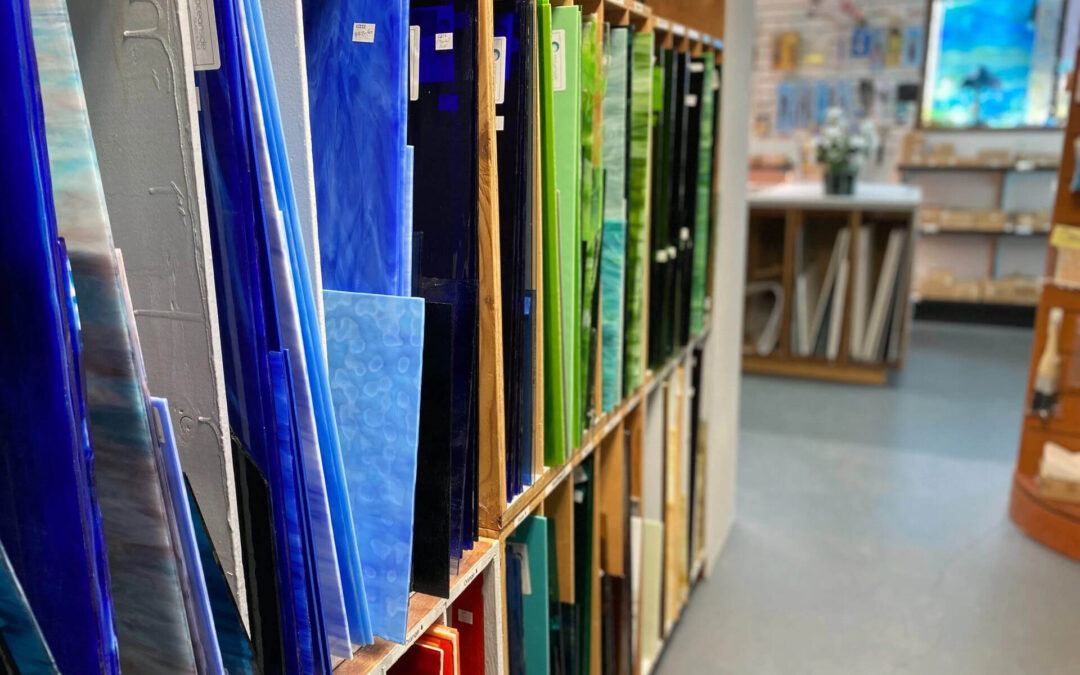There’s a familiar energy to finance teams at month-end. It’s structured, focused, and full of rhythm. For us, it always meant spreadsheets open across screens, vendors being cross-checked, emails sent for clarifications, and the classic folder of “in-process” invoices waiting their turn. Our processes were solid—they had served us well for years.
But as our business scaled, the volume of transactions grew too. With more vendors, more approvals, and more documentation, even our best systems started feeling stretched. It wasn’t about inefficiency—it was about opportunity. And that’s when we began rethinking how Accounts Payable could evolve with us.
That journey began with a vertical AI agent platform designed to automate domain-specific business processes like Accounts payable automation, without disrupting what already works.
A Shift in Perspective, Not a U-Turn
We didn’t pursue automation to start over. We were looking to build on our strengths—faster, more intelligently. Vertical AI agents allowed us to do just that.
We implemented a vertical AI agent platform that perfectly fit into our existing digital landscape. The platform enables us to orchestrate multi-agent systems using prebuilt AI agents and tools that integrate seamlessly with our current tech stack. The AI agents would understand our policies, matched our ERP logic, and aligned with our approval hierarchy. This wasn’t a rip-and-replace. It was an augmentation—an intelligent layer that could interpret, decide, and act within the workflows we’d already fine-tuned over the years.
We began by focusing on high-volume friction points—invoice entry, PO matching, approval routing. With our vertical AI agent platform, we configured AI agents to auto-extract data from invoices, verify it against purchase orders, and direct it to the right approvers based on spend thresholds and business units.
And just like that, a process that took days began moving in hours—while our AP team remained fully in control, validating exceptions and fine-tuning logic.
Empowering People, Not Replacing Them
We were clear from the beginning: Accounts Payable Vertical AI agent wasn’t here to replace our team—it was here to elevate them.
We involved our AP leads from day one, giving them ownership of how the agents were configured. Their feedback shaped the logic: how to flag discrepancies, when to escalate edge cases, what policies to hardcode, and what to learn over time.
Because the platform works with your systems—integrating with ERPs, finance tools, and communication channels—it didn’t force anyone to change how they worked. It simply made their work smoother.
Soon, our team shifted from data entry to strategic tasks—analyzing payment cycles, flagging risky vendors, and helping procurement renegotiate better terms.
What Changed—and What Stayed the Same
Here’s what evolved once we adopted the vertical AI agent platform, Digital ClerX:
-
Invoice processing time dropped by 65%
-
Cost per invoice reduced from $9.50 to under $3.50
-
Exception resolution time halved
-
Vendor response time improved with real-time status updates
-
Early payment discounts captured more frequently—up 30%
What didn’t change? Our controls, compliance standards, and review thresholds. High-value invoices are still reviewed by finance. Every decision is logged. Every action is auditable. Only now, it happens faster—with context, clarity, and less manual drain.
From Transactions to Transformation
This shift wasn’t just about accounts payable process automation—it was about redefining what AP could be.
Digital ClerX gave us more than speed. It gave us visibility—across approvals, vendor performance, and spend patterns. That opened the door for AP to become a contributor to strategic finance.
Earlier, AP was seen as operational. Now, they’re delivering insights to the CFO’s office—flagging anomalies, reducing duplicate vendors, and helping other teams make better decisions.
In a recent leadership meeting, our CFO said:
“The AP team has become one of the most data-driven, forward-looking teams in our finance function.”
That’s the kind of shift a platform like Digital ClerX can enable—not by forcing change, but by embedding intelligence into how your teams already work.
What We Learned
If you’re considering this path, here’s what we’d recommend from experience:
-
Start with process, not tech. Identify friction points. Let automation follow pain, not preference.
-
Respect what works. You don’t need to disrupt everything. AI agents for accounts payable automation are flexible enough to build around your core systems.
-
Make the team part of the design. They know the edge cases, the vendor nuances, and the workarounds that matter.
-
Track impact early. Metrics like cost per invoice, exception rates, and discount capture help prove the case quickly.
-
Iterate continuously. With a platform approach, you’re never locked into a version—you evolve with your business.
Looking Ahead
Today, we’re expanding our use of vertical ai agents beyond just invoice automation. We’re exploring new vertical AI agents for vendor onboarding, spend classification, and fraud signal detection—all built on the same platform foundation that made AP automation a success.
And that’s what makes this different from a tool or software: Digital ClerX isn’t a product we deployed. It’s a platform we’re growing with.
It allows us to build, evolve, and scale vertical AI agents—one process at a time, without compromise.
Because when automation understands your business—not just your data—it becomes more than efficient. It becomes transformative.







0 Comments